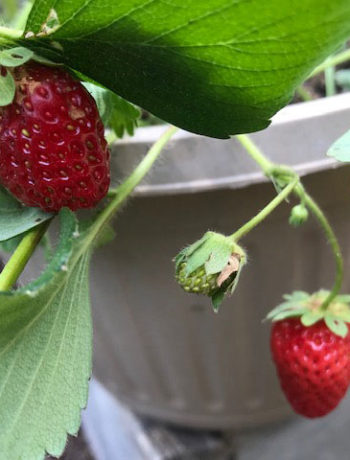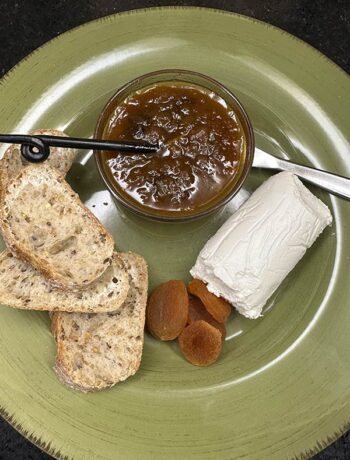During the depths of the pandemic, I needed something to lift my spirits. I decided to embrace ideas from the beautiful French potager gardens. I am not alone in thinking about and spending more time in the garden. In a recent 2021 study published in the Journal “Sustainability”, 51% of surveyed Canadians reported growing at least one vegetable or fruit at home, and 17% began home food gardening because of the pandemic. The newcomers were young millennials. While ramping up our home food production, why not make the gardens as beautiful as possible in the French style.
‘Potager’ is a thick vegetable soup, so the original potager garden was designed to produce all the vegetables needed for the soup. In early monasteries the potager gardens were designed in four-quadrants representing the Cross. They were simple and utilitarian. But, during the 16th century, the potager gardens became decorative with highly structured and elaborate forms as is illustrated in the map (pictured above) showing the planting organization of one segment of the Villandry potager gardens in the Loire Valley. While gloriously elaborate potager gardens continue in France, modern approaches are far less formal and are basically a romantic confluence of flowers, vegetables, herbs and fruit. Pathways, borders; order and chaos, as well as vertical elements are hallmarks of the potager garden.
On my journey to introduce elements of the potager garden into my own vegetable gardens, I decided to start with some selected vertical elements and edible flowers. The vertical elements include simple bamboo tripods, obelisks, and lattice, but other options are arbours, statues or artistic design features. For culinary flowers, the options are numerous. I love the gorgeous flowers of nasturtium, calendula, borage, scarlet runner pole beans, lavender, bergamot, anise hyssop, squash and unsprayed flowers like pansies, viola, and geranium. The moral of the story is to think about how beauty meets function in the home food garden.
It is said that in France the home based potager garden was inspired by “vive en autarcie” or long live self-sufficiency. It appears that we Canadians are also embracing the value of self-sufficiency along with our desire to have good wholesome food and to make a lighter environmental footprint. Adding some culinary flowers or even ornamentals to the vegetable garden, some pathways and vertical elements will bring enhanced beauty to home food production.





No Comments